Unlock the distinctive, whimsical, and spooky charm of the “Tim Burton Font”! Essential for anyone wanting to capture that unique gothic fairytale aesthetic, understanding and using this style is easier than you think. This guide will walk you through identifying, finding, and using fonts that embody Tim Burton’s iconic visual language. Prepare to add a dash of dark wonder to your next project!
Welcome to FontOrbit! Ever feel like some fonts just speak a certain mood? That’s exactly what we’re diving into today. Think of quirky, slightly unsettling, yet undeniably magical visuals. That’s the world of Tim Burton, and his influence on typography is huge. If you’ve ever wanted to capture that feeling for your own designs – maybe for a spooky party invitation, a creative blog, or a unique brand logo – you’re in the right place. It can feel a bit mysterious, but don’t worry! We’ll break down what makes a font feel like a “Tim Burton Font” and how you can easily find and use them. Get ready to explore a font style that’s both wonderfully strange and incredibly distinctive.
What Exactly is a “Tim Burton Font”?
When we talk about a “Tim Burton Font,” we’re not usually referring to a single, officially named typeface. Instead, it’s a descriptive term for a style of font that evokes the distinctive visual aesthetic of director Tim Burton’s films. His movies, like Edward Scissorhands, The Nightmare Before Christmas, and Beetlejuice, are known for their unique blend of gothic, quirky, whimsical, and slightly macabre elements. A font that feels “Tim Burton-esque” typically embodies these characteristics:
- Whimsical and Playful: Many of his designs have a childlike wonder, often with exaggerated curves or playful imperfections.
- Gothic and Spooky: There’s a clear nod to gothic architecture and themes – think elongated serifs, dark moods, and a sense of enchanting dread.
- Hand-Drawn or Organic Feel: Even when digitally created, these fonts often mimic the imperfections and unique strokes of hand-lettering, suggesting a personal, handcrafted touch.
- Slightly Uneven or Asymmetrical: Unlike perfectly balanced fonts, Burton’s style often embraces subtle imperfections, where letters might have slightly different heights, widths, or curvatures, adding to their unique character.
- Expressive and Theatrical: These fonts are designed to be seen and felt. They command attention and tell a story, much like the characters and settings in his films.
Essentially, a “Tim Burton Font” is a font that makes you feel like you’ve stepped into one of his wonderfully strange worlds – a place of dark fairytales and imaginative wonder.
Key Characteristics of Tim Burton-Inspired Typography
To truly nail the Tim Burton aesthetic in your typography, it’s helpful to understand the specific design elements that contribute to that signature look. These aren’t strict rules, but rather common threads you’ll see woven through fonts that capture his spirit.
Elongated and Spindly Forms
Many fonts that evoke Tim Burton’s style feature characters that are stretched or elongated. Think of spindly, almost skeletal shapes that reach and twist. This can be seen in:
- Tall, thin letters: Characters like ‘l’, ‘t’, and ‘i’ might be significantly taller than others, creating a sense of reaching or suspense.
- Extended ascenders and descenders: The parts of letters that extend above the main body (ascenders, like on ‘h’ or ‘d’) or below (descenders, like on ‘p’ or ‘y’) are often exaggerated, adding to the dramatic form.
- Narrow counter spaces: The open areas within letters (like the loop of an ‘o’ or ‘e’) can be narrowed, making the characters feel more compressed or intense.
Curvy and Organic Lines
While gothic, the style isn’t always sharp and rigid. There’s a significant organic, sometimes almost sinuous quality. This is achieved through:
- Swooping curves: Letters might feature graceful, flowing curves that feel natural, like vines or a gentle breeze, but perhaps with a touch of the unsettling.
- Wobbly or uneven strokes: Instead of perfectly straight lines, you might see gentle undulations, mimicking the appearance of hand-drawn lettering that isn’t perfectly executed but possesses charm.
- Rounded terminals: The ends of strokes might be softly rounded rather than sharply cut off, adding a touch of gentleness or approachability to otherwise unusual forms.
Gothic and Victorian Influences
A strong undercurrent of gothic and Victorian design is present. This translates to fonts that can feel:
- High contrast: A significant difference between thick and thin strokes, reminiscent of classic display fonts and etchings.
- Ornate serifs: Serifs (the small decorative strokes at the ends of letter strokes) might be a prominent feature, perhaps elongated, pointed, or unusually shaped.
- Textured or distressed appearance: Some fonts mimic the look of old, weathered print, adding a layer of history and mystery.
Playful Imperfections and Asymmetry
Perfectly uniform typography is rarely the goal. Instead, the appeal lies in the unique character that comes from intentional “flaws”:
- Slightly off-kilter alignment: Characters might not sit perfectly on the baseline, or their tops might vary slightly in height.
- Varied stroke weights: Even within a single letter, the thickness of the lines might subtly change, just as they would if drawn by hand.
- Unique ligatures or alternates: Special character combinations or alternative letterforms can add unexpected twists, enhancing the handcrafted feel.
Finding the Perfect “Tim Burton Font”
Now that you know what to look for, where can you find these kinds of fonts? The good news is that many talented font designers create typefaces that capture this spirit. You can find them on various platforms, often categorized by style.
Popular Font Categories to Explore
When searching on font marketplaces or libraries, narrow your quest by looking for these categories:
- Display Fonts: These are designed for large-scale use (like headlines or logos) and allow for more decorative and unconventional designs.
- Script Fonts (Handwritten/Calligraphic): Many handwritten fonts, especially those with a slightly spooky or uneven feel, can fit the bill.
- Gothic or Blackletter Fonts: While often more serious, some modern interpretations can lend a dark, whimsical feel.
- Grotesque or Sans-Serif Fonts with Character: Sometimes, a simple sans-serif font can work if it has unusual proportions, wobbly lines, or a slightly off-kilter personality.
Where to Search for Fonts
Here are some excellent places to begin your font hunt. Many offer both free and premium options:
| Platform | Type of Fonts | Notes |
|---|---|---|
| Google Fonts | Free (Open Source) | A great starting point with a vast library. Search terms like “handwritten,” “display,” or “quirky” can yield results. Look for fonts with personality like ‘Fredericka the Great’ or ‘Lobster Two’. |
| DaFont | Mostly Free | A massive collection, often with many free fonts for personal use. Explore sections like “Script,” “Gothic,” “Horror,” or “Handwritten.” Be sure to check the license for commercial use. |
| Font Squirrel | Free (for commercial use) | Curated for high quality and commercial-friendliness. Their web font collection is excellent. |
| MyFonts | Premium (Paid) | A professional marketplace with a huge selection of high-quality, licensed fonts. Use their style filters to find unique serif, sans-serif, and script fonts. |
| Creative Market | Premium (Paid) | Offers a wide variety of independent designer fonts, many with unique, hand-crafted styles perfect for a Burton-esque feel. |
| Adobe Fonts | Included with Creative Cloud Subscription | Access to a professional library. Search by style or explore curated collections. |
Keywords to Use When Searching
When typing into search bars on these sites, try combinations of the following keywords:
- “Handwriting font”
- “Quirky font”
- “Whimsical font”
- “Gothic font”
- “Spooky font”
- “Dark fantasy font”
- “Character font”
- “Organic font”
- “Spindly font”
- “Elongated font”
How to Use “Tim Burton Fonts” Effectively
Choosing the right font is only half the battle. Knowing how to use it wisely will make your designs shine. These fonts are incredibly impactful, but they can also easily become overwhelming if not applied thoughtfully.
Best Use Cases
These distinctive fonts are perfect for projects that need to convey a specific atmosphere:
- Logos and Branding: Especially for businesses with a creative, quirky, or alternative appeal (e.g., independent bookstores, artisan bakeries, vintage shops, themed entertainment venues).
- Headlines and Titles: They grab attention and set the mood immediately for blog posts, event flyers, book covers, or movie posters.
- Invitations and Cards: Ideal for themed parties (Halloween, fantasy), weddings with a unique twist, or special announcements.
- Children’s Books and Illustrations: Their playful yet sometimes eerie quality can be charming for young audiences who enjoy a bit of spookiness.
- Creative Digital Content: Websites, social media graphics, or presentations that aim for a memorable and imaginative aesthetic.
Pairing with Other Fonts
A “Tim Burton Font” is often a strong statement font, meaning it’s usually best used sparingly. To balance its impact and ensure readability, pair it with simpler, more neutral fonts.
- For body text: Choose a clean, legible sans-serif or a classic serif font. Think fonts like Open Sans, Lato, Roboto, or even a simple Garamond. This creates contrast and makes the main text easy to read.
- For subheadings: You might use a slightly more stylized font that complements your main display font without being as decorative.
Example Pairing:
- Display/Title: A “Tim Burton Font” like “Jack and the Beanstalk” (a hypothetical name for a style).
- Body Text: A simple, readable font like Lato or Open Sans.
Tips for Application
Here are some practical tips to make your “Tim Burton Font” choices work:
- Keep it Legible: Always prioritize readability for the content’s purpose. If it’s for a lengthy article, use the dramatic font only for headings and switch to a simpler font for paragraphs.
- Consider the Mood: Does the font’s personality truly align with your message? A genuinely spooky font might be too much for a lighthearted whimsical theme, and vice-versa.
- Don’t Overuse: Let the font be the star. Too many decorative elements or too much text in an expressive font can become chaotic and unappealing.
- Test on Different Sizes: What looks great as a headline might become illegible when shrunk down for smaller applications. Preview your font in various sizes.
- Check Licensing: If you’re using fonts for commercial projects (like a business logo or website), always verify the font license allows for commercial use. Free fonts often have restrictions. For example, many fonts found on Google Fonts are open source and permissible for commercial use, but always double-check the specific license.
Examples of Fonts with a “Tim Burton” Vibe
While there’s no single “Tim Burton font” officially released, many fonts capture that signature style. Here are a few examples of fonts that often come up in discussions about this aesthetic, or that possess similar characteristics:
| Font Name | Likely Source | Why it Fits the Vibe | Best Use |
|---|---|---|---|
| Creepster | DaFont, Google Fonts | Its jagged, uneven strokes and general unsettling feel are perfect for a spooky, Halloween-esque vibe. | Horror movie titles, Halloween invitations, edgy branding. |
| Special Elite | Google Fonts | Resembles old typewriter text but with a slightly distressed, imperfect quality that can feel vintage and eerie. | Gritty titles, authentic-feeling captions, vintage-inspired branding. |
| Blackletter / Gothic Styles (e.g., Old London, Uncial/Blackletter) | Various (DaFont, MyFonts) | The historical roots of gothic script offer a naturally dark and formal feel, which can be adapted to be more whimsical or dramatic. | Fantasy book covers, theatrical titles, dark academia branding. |
| KG Red Hands Two | Font for Teachers (often free for personal use, check license) | A very popular handwritten font that is uneven, slightly shaky, and has a playful, childlike yet potentially spooky appearance. | Kids’ projects, creative blogs, whimsical branding. |
| House of Blues / Limelight | Various font marketplaces (e.g., Creative Market) | These types of fonts often feature elegant, elongated strokes with thin, wispy ascenders and descenders, giving a somewhat gothic and theatrical flair. | Elegant titles, artistic branding, movie posters. |
| Dancing Script | Google Fonts | While generally more elegant and flowing, its varying baseline and cheerful curves can sometimes lean into a whimsical, quirky territory when used with specific colors or contexts. | Invitations, romantic titles with a twist, gentle branding. |
Remember that the “Tim Burton” aesthetic is often about the overall feeling rather than a precise font. Experimentation is key!
Advanced Techniques: Modifying Fonts for a Unique Look
For those who want to go the extra mile, or if you can’t find the perfect font, modifying an existing typeface can help you achieve a truly unique “Tim Burton” style. This is where graphic design software comes into play.
Using Vector Editing Tools
Software like Adobe Illustrator or Inkscape (a free, open-source alternative) allows you to manipulate font outlines. Here’s how you can alter a font:
- Convert Font to Outline: In Illustrator, select the text and go to Type > Create Outlines. This turns your letters into vector shapes that can be edited like any other graphic object.
- Adjust Character Shapes:
- Elongate: Use the selection tool to drag the points of a letter to make it taller and thinner.
- Warp and Bend: Utilize tools like the Warp tool or Envelope Distort (in Illustrator) to create curved, wavy, or uneven strokes.
- Add or Remove Points: Use the Pen tool to add anchor points and fine-tune curves, or delete points to simplify shapes.
- Modify Serifs: Extend existing serifs, add new ones, or reshape them to be more pointed or decorative.
- Create Asymmetry: Slightly alter the position or shape of elements within a letter (e.g., make a curve slightly flatter on one side).
- Add Texture: You can import or create distressed textures and apply them to your modified letter shapes.
When to Consider Customization
- When existing fonts are close but not quite right.
- When you need a highly specific look for a brand identity that must be unique.
- When you want to combine elements from different styles.
Important Note: Always check the font’s EULA (End User License Agreement) before modifying it, especially for commercial projects. Some licenses prohibit modification or have specific terms for derivative works.
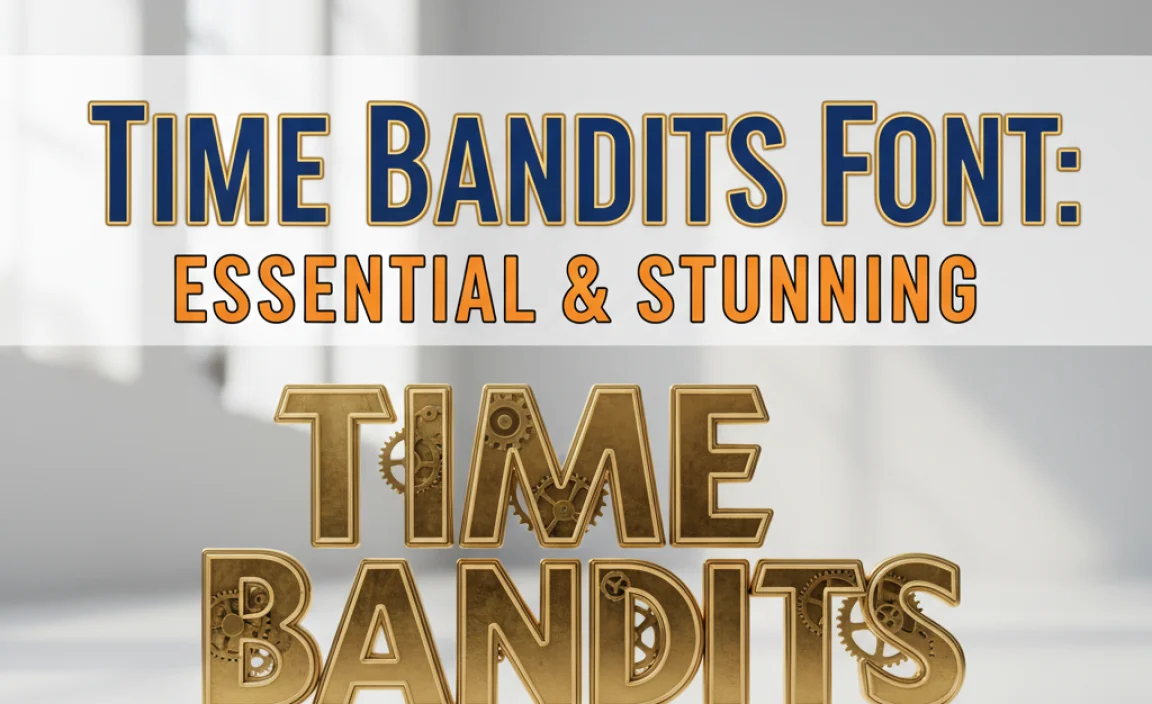
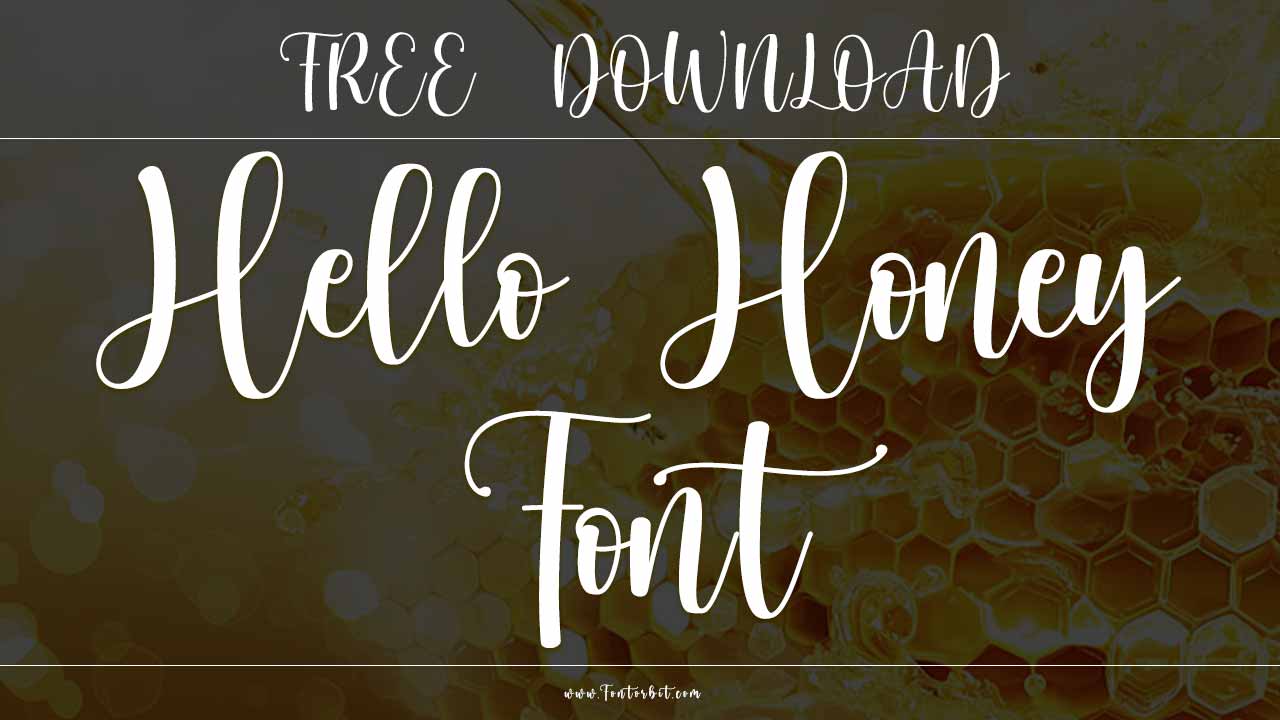







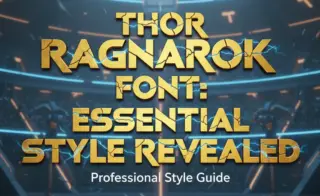

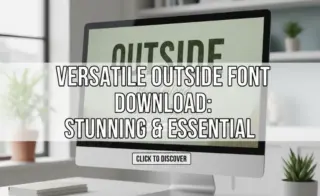
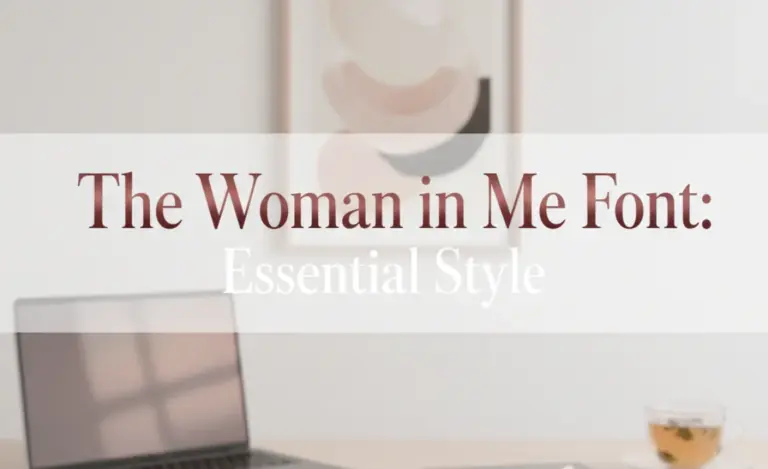
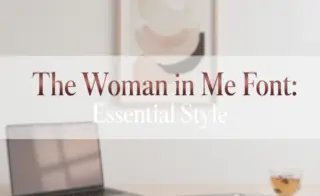
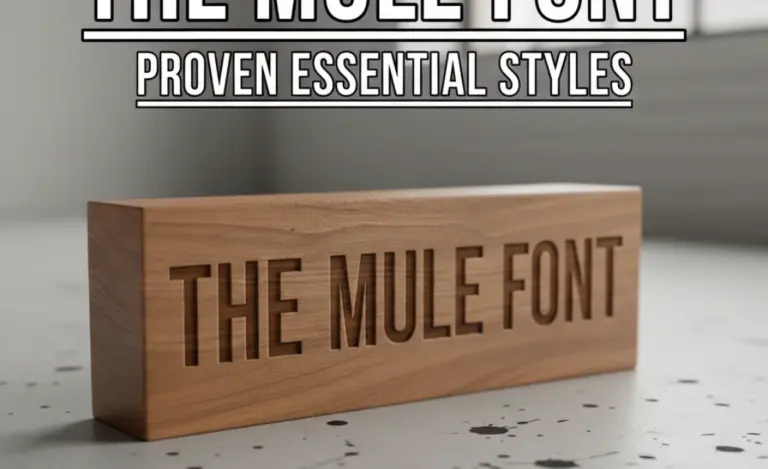
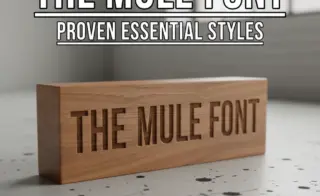
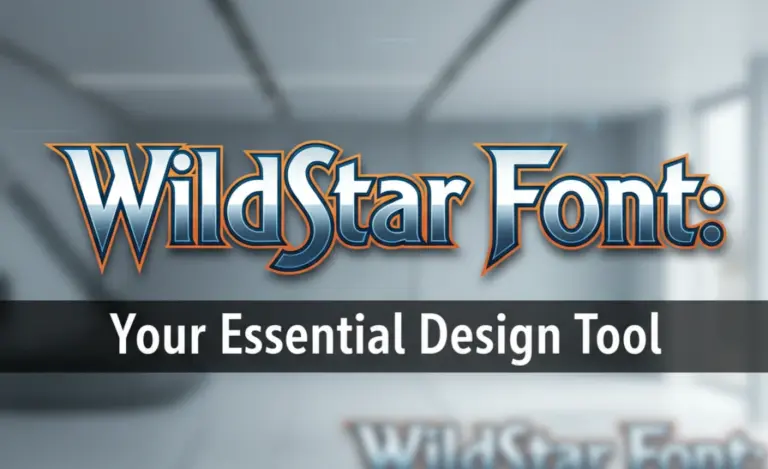
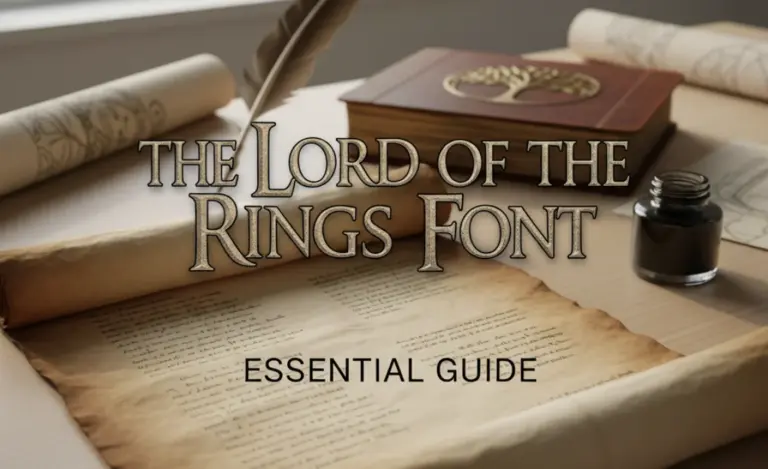
Leave a Comment